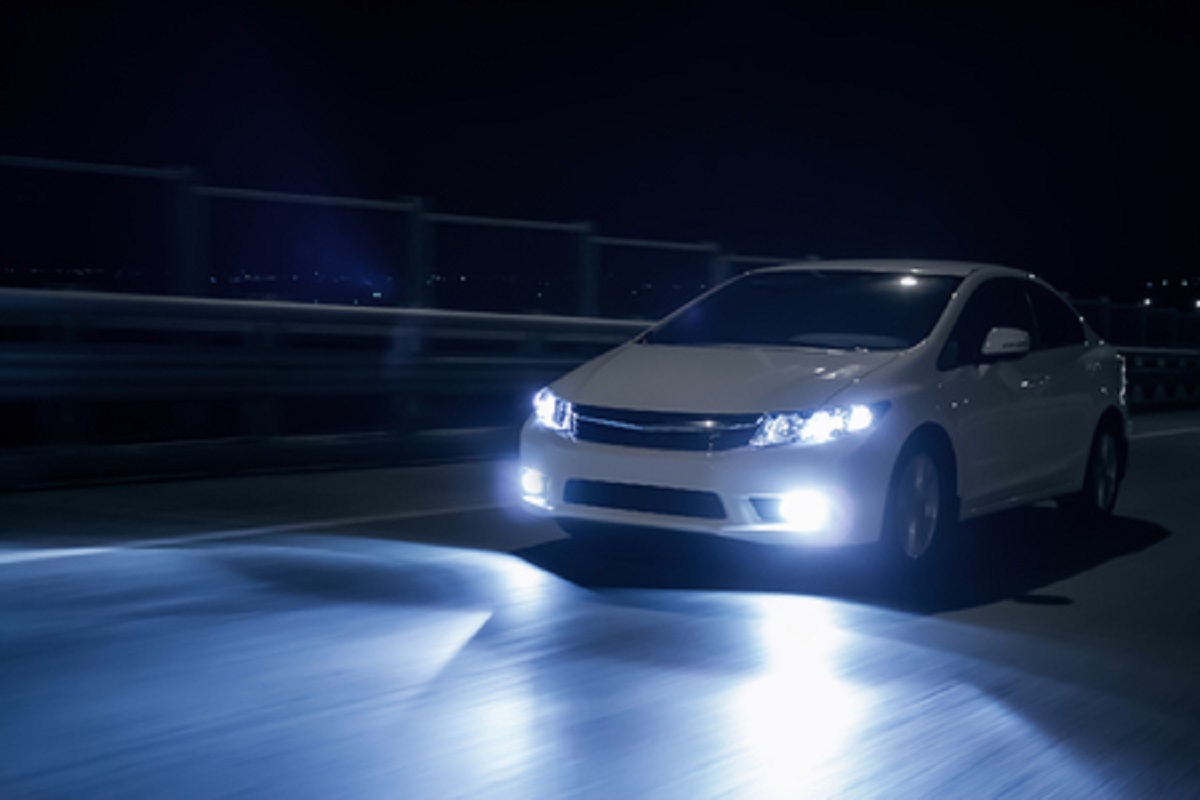To ensure individuals maintain safety and improve their visibility while driving, it’s essential that they know when to use their headlights and when not to. Luckily, as part of the facts and laws we must all learn to be able to acquire a driver’s license, most of us have a solid foundation when it comes to headlights, However, if you need a refresher, our guide below can do just that by going over standard headlight laws and safe highlight use.
Daytime Headlights
Unless bad weather conditions decrease visibility, most state laws regarding headlights don’t require drivers to use headlights in the daytime. Regardless of the weather conditions, however, using headlights in the daytime can still improve both safety and visibility.
Several occasions when using daytime car headlights could help lower your chances of an accident occurring include the following:
- In adverse weather, including rain, sleet, snow, smoke, and fog
- On a narrow two-lane highway.
- On mountain and rural roads.
- When signs specify daytime headlight zones.
- Just before sunset and after sunrise.
Low and High Beams
When driving a vehicle between dusk and dawn, headlight laws in most states require the use of headlights. At that point, drivers must determine which beams are more suitable for their specific environment: low beams or high beams.
Low Beams
Drivers should use their headlights’ low-beam settings in the following situations:
- Poor weather limiting visibility in the daytime.
- Driving in the rain or fog.
- When high beams are more dangerous due to light reflection.
- Road signs indicating daytime headlight zones.
- Night driving in the city when the short-range lights are sufficient.
- Following another car at night.
- When another car is approaching from the other direction.
Regarding the last scenario, every state might require that drivers switch to low beams from high beams when within a certain distance from approaching vehicles—it would be wise for drivers to check their local laws for further information.
High Beams
There are instances when using your headlights’ high beam settings will provide increased visibility out on the road. If there are only a few streetlights or none, high beams can help drivers see farther down the road, preventing them from hitting pedestrians or animals that are crossing. It’s imperative to use high beams while adhering to the state’s headlights laws, such as out on an open highway with no other cars present or on mountain or rural roads. Regarding the latter, remember to switch high beams off upon seeing approaching vehicles, as high beams make seeing the road difficult for other drivers.
Using Headlights
In case you need a few more headlight tips for staying safe and avoiding collisions in bad weather and at night, you can find them below:
- If an oncoming vehicle has their high beams on, keep your vision on your lane’s right edge.
- Use turn signals sooner when driving at night.
- Clean your headlights often since they can get cloudy or dirty quickly in rainy weather or in winter.
- Slow your speed down since reaction times are slower in the dark even with the use of low or high beams.
- Avoid braking suddenly, as braking early using further distance allows the cars behind you time to react.
It’s also important to remember that if your car’s headlights have started pointing in various directions, you should get your lights serviced as soon as possible.
Think you or someone you know is in need of Behind the Wheel Training? Training Wheels is an Atlantic City driving school specializing in teaching new teen drivers how to stay safe on the road. For more information on our lessons, please click here.
Copyright: man64 / 123RF Stock Photo

